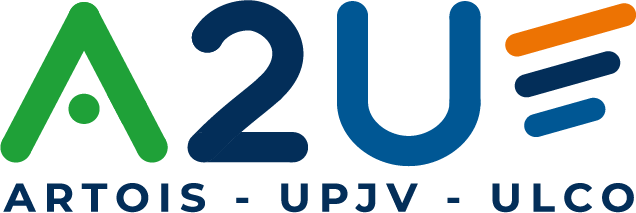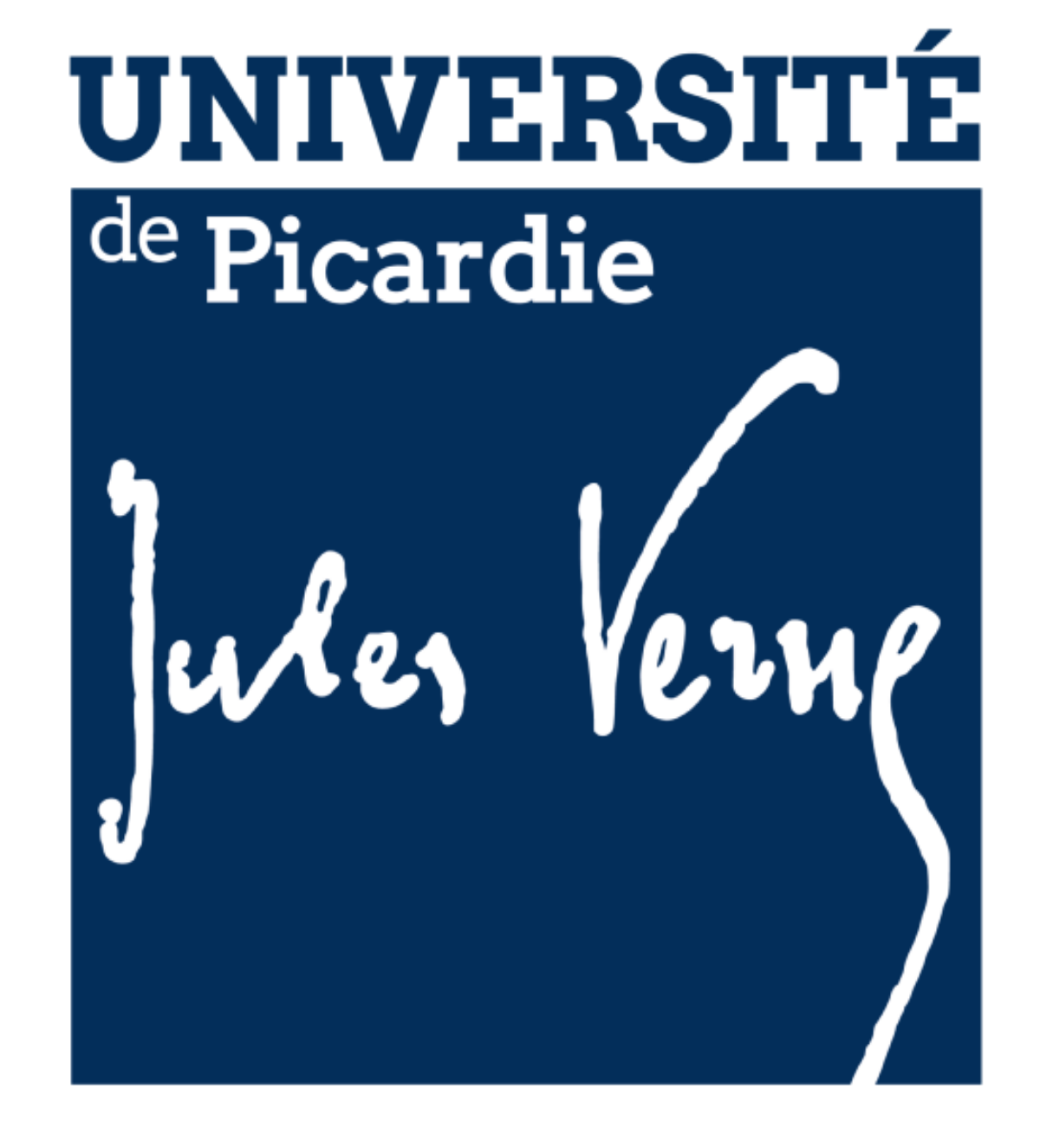Round2
Context
The MAIA (Mastery of AI Applications) project aims to develop original and generic research solutions to advance the formal explainability and societal acceptability of AI, with a focus on three key areas: health, chemistry and the environment of the A2U alliance (University of Artois, UPJV and ULCO) as well as for the Hauts de France region (HdF) Funding innovative research initiatives will be part of the MAIA project's recurring calls.
Frame
This call will be open on a recurring basis (annual) to researchers and teacher-researchers of the A2U alliance working in one of the five axes of the MAIA project: explainable AI (XAI), acceptable AI (SHS question), application of AI in health, chemistry and environment. It is resolutely open to any short-term research and/or valorization action enabling the initiation, development and support of an innovative approach:
- Development, distribution or commercial valorization of an innovative prototype/software
- Investment for the development of demonstrator(s)
- Support for the production/publication/communication of exceptional international visibility
- Support for an original experimental or data collection activity
- Support for any other original action promoting the MAIA project
Selection 2024
Understanding the functioning of psycho-social interventions in education through AI
Applicant:
- Gabor Orosz
Hosting Laboratory(ies):
- SHERPAS (UArtois)
- CRIL (UArtois)
Summary:
- This project explores the application of machine learning techniques in education, with the goal of enhancing both academic performance and mental well-being among students. It focuses on two key areas: Psycho-social interventions in preparatory scientific classes aim to assist vulnerable students by fostering a supportive and motivating learning environment through targeted psycho-social interventions. These interventions will be implemented with 500 to 1000 students from preparatory classes in high schools across the Hauts-de-France region. We will also analyze the data collected from various interventions across multiple universities, utilizing cutting-edge machine learning methods such as PYXAI, NLP, LLM, and causal forests. The objective is to evaluate the effectiveness of these interventions and identify key influencing factors. Through collaboration between the CRP-CPO laboratories at UPJV, SHERPAS, and CRIL, the project benefits from a multidisciplinary approach. The ultimate goal is to assess the impact of these interventions on socio-economic disparities and inspire students affected by stereotypes to believe in their potential. We hypothesize that these interventions will boost success rates and decrease dropout rates in preparatory classes, with particularly significant improvements for students from immigrant backgrounds. We also expect students' perceptions of intelligence to improve, and socio-economic status to play a key role in the effectiveness of these interventions.
Miscibility of biopolymers and green solvents: generating datasets for machine learning
Applicant:
- Christine Cézard
Hosting Laboratory(ies):
- LG2A (UPJV)
Summary:
- Semi-crystalline natural polymers (cellulose, chitin, silk, ...) are an almost inexhaustible, renewable resource ideal for designing materials with improved mechanical and/or biological properties. The applications of these potentially cross-linked and/or functionalized polymers are versatile, ranging from the formation of gels in biological environments to replacing synthetic polymers (plastics). However, these natural polymers have a high degree of crystallinity and a strong network of hydrogen bonds, making them resistant to dissolution in many conventional solvents. The dissolution processes used industrially are not environmentally friendly, but using green solvents such as ionic liquids or deep eutectic solvents could make the process cleaner. Although the number of these available solvents is vast, even theoretically infinite, few are capable of effectively dissolving all types of polymers, a crucial step in obtaining new original materials. This project proposes the joint use of experimental methods and computational chemistry to study the dissolution of biopolymers and understand at the molecular level the mechanisms of degradation of crystalline fragments by the constituent entities of the solvents. We will thus be able to propose methods to optimize the nature and properties of these entities as well as the experimental conditions. The goal of the project is to propose a working method and preliminary results for constructing datasets to feed machine learning.
Artificial Intelligence Application for Phytoplankton analysis by automated in vivo Flow Cytometry - CYPHAIA
Applicant:
- Luis Felipe Artigas
Hosting Laboratory(ies):
- MCF (ULCO)
- CNRS
Summary:
- The goal of the CYPHAIA incentive project proposal is to offer the automated flow cytometry community for in vivo observation and monitoring of marine phytoplankton, an open-source, robust but simple automated classification tool, with the possibility to adapt scripts to the user's needs and computing resources. The challenge is to overcome not only the device settings, limiting the number of training sets to build, but also the manufacturer's software, whose versions are accompanied by different exported files, posing a problem for the sustainability of the tools. To achieve this objective, it is proposed to continue the preliminary work initiated during Lucinda Lanoy’s Master’s project between the LOG and CEFAS in the UK and deepen it through improvements to the ongoing development method, particularly by reducing data dimensionality through ratio transformation of variables and exploring other classification models. This project will then allow a series of tests and applications to be launched using large datasets from measurement campaigns in various marine ecosystems.
MAIA Health Research Platform
Applicant:
- Émilien Arnaud
Hosting Laboratory(ies):
- MIS (UPJV)
Summary:
- The health working group meeting during the MAIA forum on May 23, 2024, highlighted two main difficulties: accessing health data and having a secure data processing facility (the first also involving the second). The objective of this project is to adapt an existing computing cluster, already located in an HDS environment (but not HDS itself), to remove barriers to data availability by providing maximum security guarantees to the data provider.





